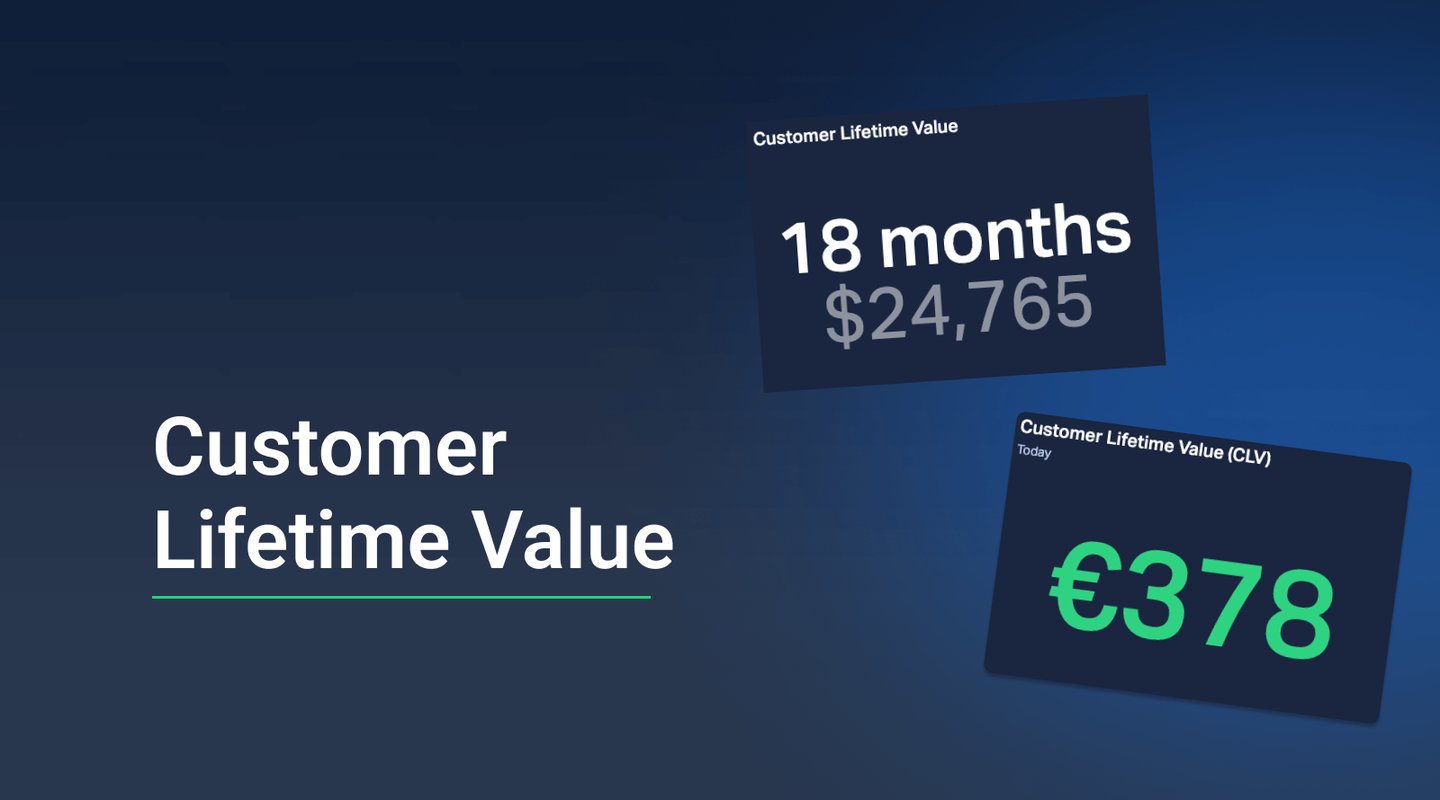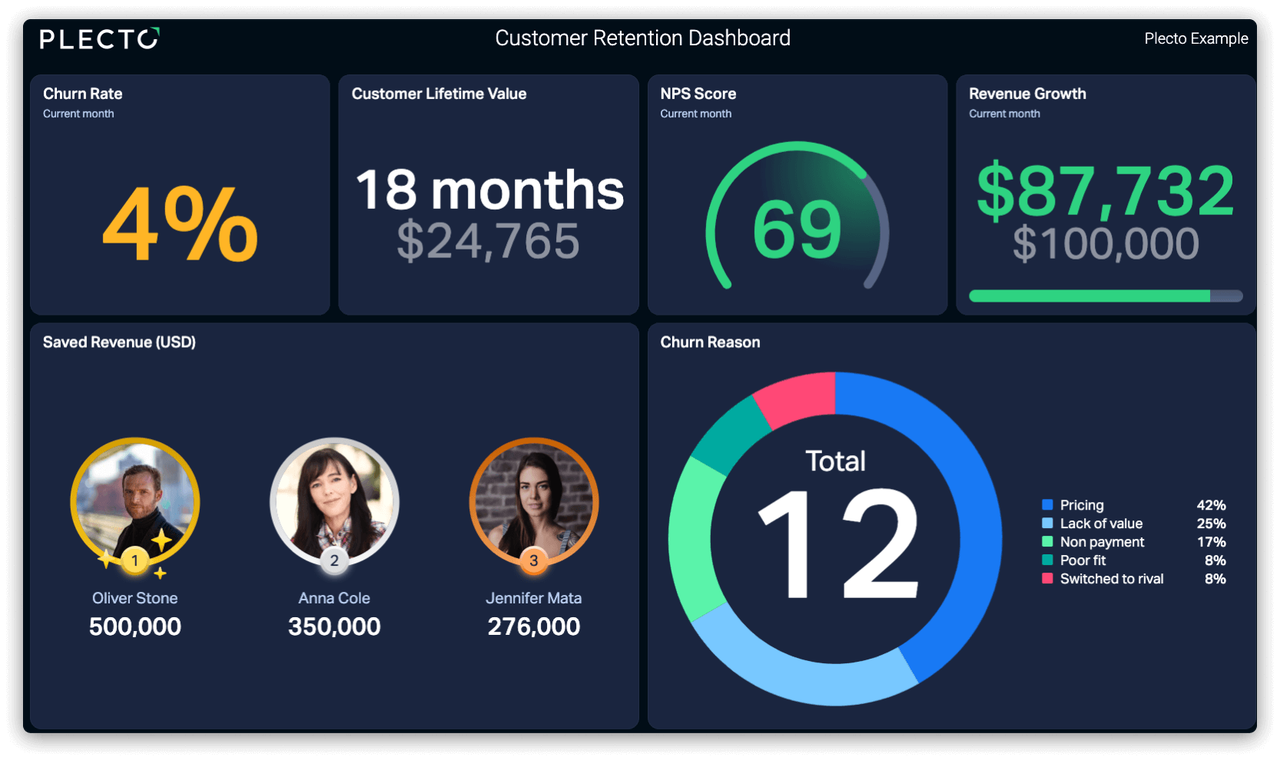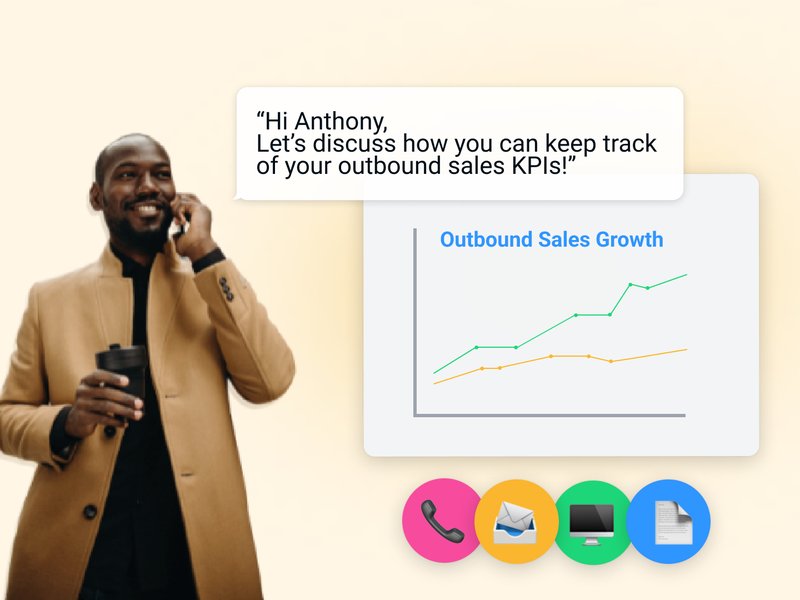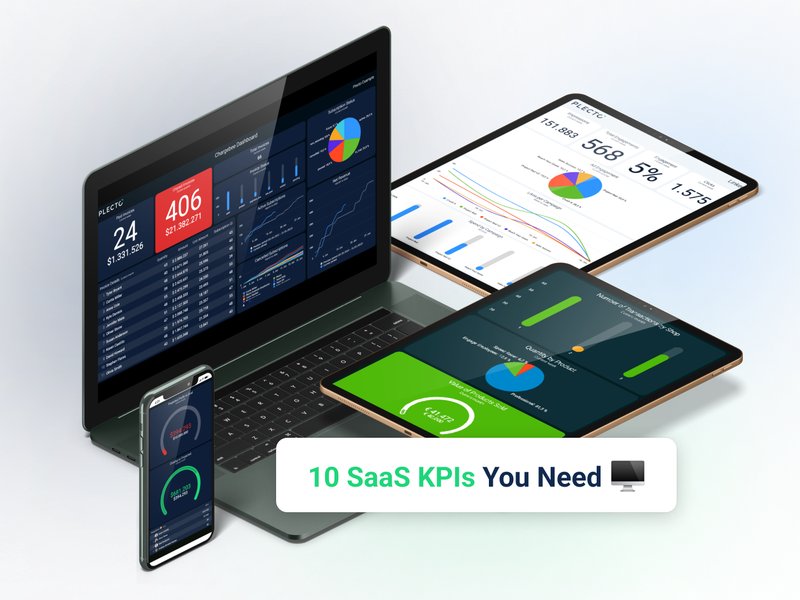From telecom companies to streaming platforms to energy providers, many of today’s businesses rely on recurring revenue models (i.e., ongoing subscriptions) to drive the majority of their profits.
With prices rising across the board, many customers are reigning in their discretionary spending, placing a lot of subscription-based businesses in a precarious situation. Understanding and tracking average customer lifetime value (CLV) can help companies make data-informed decisions about future product development, ideal customer profiles, customer acquisition and retention strategies, and more!
What is CLV?
Customer lifetime value measures the total net profit a company earns from an average customer over the course of their relationship with the company. It counts the value of the initial purchase and the total value of repeat purchases. Higher lifetime values can indicate high levels of customer satisfaction – an important driver of loyalty and ongoing spending.
How is customer lifetime value calculated?
With access to the right data, customer lifetime value is relatively easy to calculate – just determine the average purchase amount per customer and multiply it by the average number of purchases each customer makes before churning.
Here’s the formula:
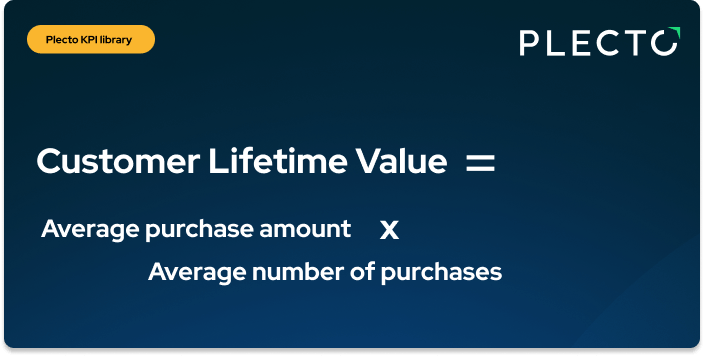
3 Big Reasons CLV Matters
A high customer lifetime value indicates that your company is meeting or exceeding its customers’ expectations, prompting them to continue to choose your company over its competitors. If you continue to play your cards right, this can pay big dividends over time.
Here are three big reasons that customer lifetime value matters:
1. A high CLV implies a high degree of loyalty
Research published by Bain & Company found that a minute 5 percent increase in customer retention can boost profits by more than 25 percent because loyal customers spend more than new customers – and the more times a customer does business with a company, the less likely they are to defect to a competitor. In addition, loyal customers often produce indirect revenue through word-of-mouth referrals, glowing reviews, and sharing their positive experiences on social media. All of this adds up to recurring revenue, reduced customer acquisition costs – and a higher CLV.
2. Churn is expensive
Long-term success with a subscription-based business model depends largely on the company’s ability to retain customers and hopefully cross-sell and upsell them into higher product tiers. Multiple studies have found that it costs six to seven times more to acquire a new customer than to retain an existing one. In addition, particularly when relying on recurring revenue, upsells and renewals can comprise upwards of 75 percent of revenue, with original purchases accounting for a quarter or less of the company’s sales.
Build your first dashboard.
Start your 14-day free trial today
3. It can help you identify and pursue your “best” customers
With rising customer acquisition costs and increased competition, it’s important to know who your ideal customers are. Pursuing any customer who’s willing to buy your product will increase customer acquisition costs and potentially decrease customer lifetime value. Historical data can help you identify the characteristics of your highest-value customers, so that you can focus your acquisition efforts where they’re likely to yield the best return.
3 Ways to Increase Customer Lifetime Value
Increasing customer lifetime value requires ongoing effort to ensure that customers continue to see the value in their subscriptions.
These three tactics can help:
1. Offer exclusive deals to existing customers
Many subscription-based models lead to a “loyalty penalty” where companies offer their best deals to lure new customers while excluding their existing customers from the same offers. As a result, long-time customers feel that they’re overpaying and begin looking into alternatives – or defect because they stumble upon a better deal from a competitor. It’s extremely difficult to win back a customer who’s decided to churn, so head trouble off at the pass by offering existing customers unexpected upgrades and attractive renewal discounts.

2. Listen to what your customers are saying
Pay attention to what customers saying on your social media channels and online reviews. Many businesses make the mistake of not monitoring these channels, which can be a gold mine of information – and an opportunity to connect with their customers. 55 percent of customers say they have a positive impression of companies that respond to online reviews. So even if your company receives negative reviews, making customers feel heard can encourage them to stick with you while boosting CLV and showing prospective customers that your company listens and takes criticism onboard.
3. Meet your customers’ changing needs
Your customers’ needs are constantly evolving and so is your competition. Companies that are serious about increasing CLV are always on the lookout to identify and meet these needs, and keep tabs on what their competitors are doing. In a weak economy or when facing increased competition, offering lower-priced options or renewal discounts can be the difference between losing or retaining customers. Netflix is a great example of this. Faced with the trifecta of an economic downturn, increased competition, and less demand for streaming services as pandemic-era restrictions were lifted, the company launched a low-cost ad-supported subscription while limiting its “Basic” ad-free plan to existing members – thereby rewarding loyalty and adapting to the current landscape in one fell swoop.
Move Forward with Knowledge
With this understanding of why CLV matters and how to increase it, you’re well-positioned to make data-informed decisions that will help prolong your company’s relationship with its current customers – and acquire new best-fit customers.
